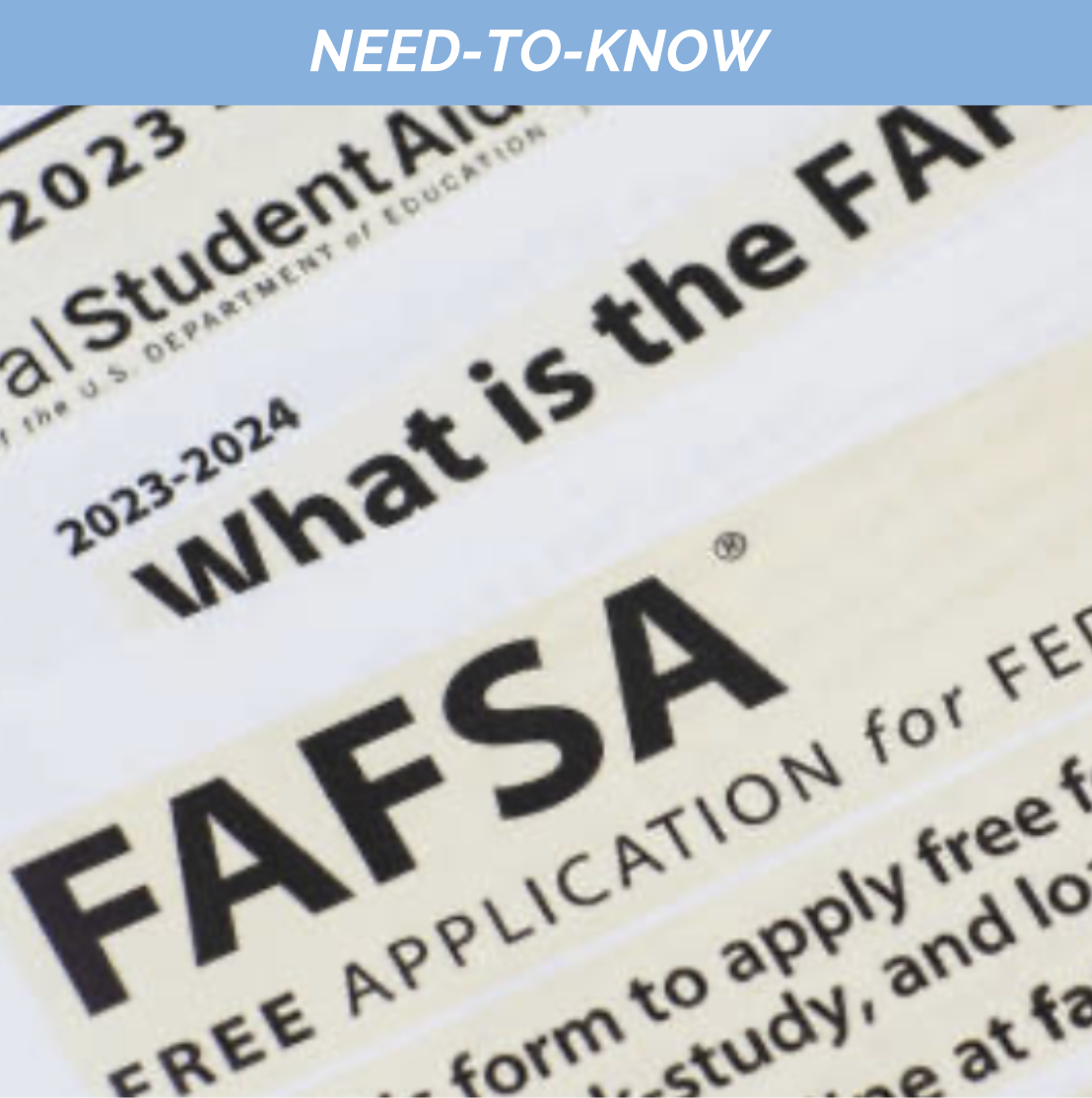By Anna Boratyn
Features Editor
When speaking of class sizes, it’s long been known that bigger is not better.
According to the Department of Education, studies have consistently identified a positive relationship between reduced class size and improved student performance. In an article in “USA Today,” this relationship exists because in smaller classes, kids can often get more face time with their teachers.
Despite the glittering rewards of small class sizes, the front row of desks in high honors and AP classes has been scooting closer and closer to the whiteboard, accommodating more and more students.
According to junior Mara Leane’s, her 28-student Honors Physics class may be smaller than her 30-student AP US History class, but the hands-on nature of physics makes it difficult to teach when there are many students involved. Leane recalls waiting twenty minutes for her teacher to help her with a lab.
“It’s not his fault. There are just so many people that need help,” Leane said.
According to Leane, the more time a teacher has to help you one-on-one, the better you’ll learn.
Leane’s ideal class population is 25. Though five extra students don’t seem like a big deal, in physics, “it’s another lab table the teacher has to go to.”
Spanish teacher Ryan Schultz also believes in the value of a small class.
Big classes make it more complicated for world language teachers to use DiLL, audio network technology that allows students to record themselves speaking Spanish, and listen to their teacher through headsets, in the comfort of Prospect’s language lab.
If the class exceeds thirty, teachers can’t take students down to the lab because of space constraints. The downwardly spiraling class size issue ends with Spanish 4 Schultz not being able to prepare his students as well for the AP test at the end of their next year as Spanish students in AP Spanish. The AP Spanish test has a speaking portion practiced on DiLL.
Furthermore, Schultz believes that it’s simply easier to learn a language in a small class because students are forced to participate and can get more individual instruction.
Schultz wishes his class size was closer to 20, but currently has 30 kids in his largest class, Spanish 4.
However, there is logic behind the madness.
According to a USA Today article in written in 2009, when falling state budgets pushed class sizes higher in poor rural and urban areas, and the recession forced districts to lay off teachers, classrooms in those districts became significantly larger. Three years later, the same phenomenon is occurring in the middle class suburbs of District 214.
District 214 reduced the number of full time staff at Prospect by eight teachers, although Prospect’s enrollment has increased by thirty students.
A term commonly in education, an FTE, or full time equivalent is the equivalent of a full-time teacher. When teachers are on part time, they count as less than an FTE. Currently, Prospect employs 137.7 FTE’s, down seven FTE’s from last year. These seven FTE’s represent eight teachers. Seven of the eight teachers either started working part time or stopped teaching at Prospect altogether for personal reasons, but one of them was let go in this summer’s reduction in force to contain District 214’s costs.
While the number of full time equivalents drops, student enrollment has been rising. Home buyers seek out Prospect’s neighborhoods because of its reputation for academic excellence.
To decide on the appropriate number of teachers for a given year, District 214 uses projected enrollment. District 214 forms an estimate based on the number of kids attending elementary school. However, this estimate can be inaccurate. There is no way to predict if students are going to move in or out of Prospect’s neighborhood between elementary school and high school.
According to Principal Kurt Laakso, relying on sometimes inaccurate projected enrollment to show numbers that correctly predict Prospect’s large population isn’t a good way to get more staffing from District 214. Instead, “continuing to contain costs, working to be as lean as possible, and finding hidden slack is.”
In what he calls “a balancing act,” Laakso plans to simply make do with staffing allocation for now, and work to make sure no programs get cut.
“We’re trying to find the best way to optimize our staffing,” Laakso said. “We want to spread the burden.”
This burden has fallen most on higher classes, because of the belief that students in less advanced classes need more one on one attention.
Despite the difficulties involved in allocating teachers, Laakso believes that the decisions he makes are for the good of the Prospect’s students.
“Our educational mission goals and the interests of our students inform our staffing decision-making,” Laakso said.






